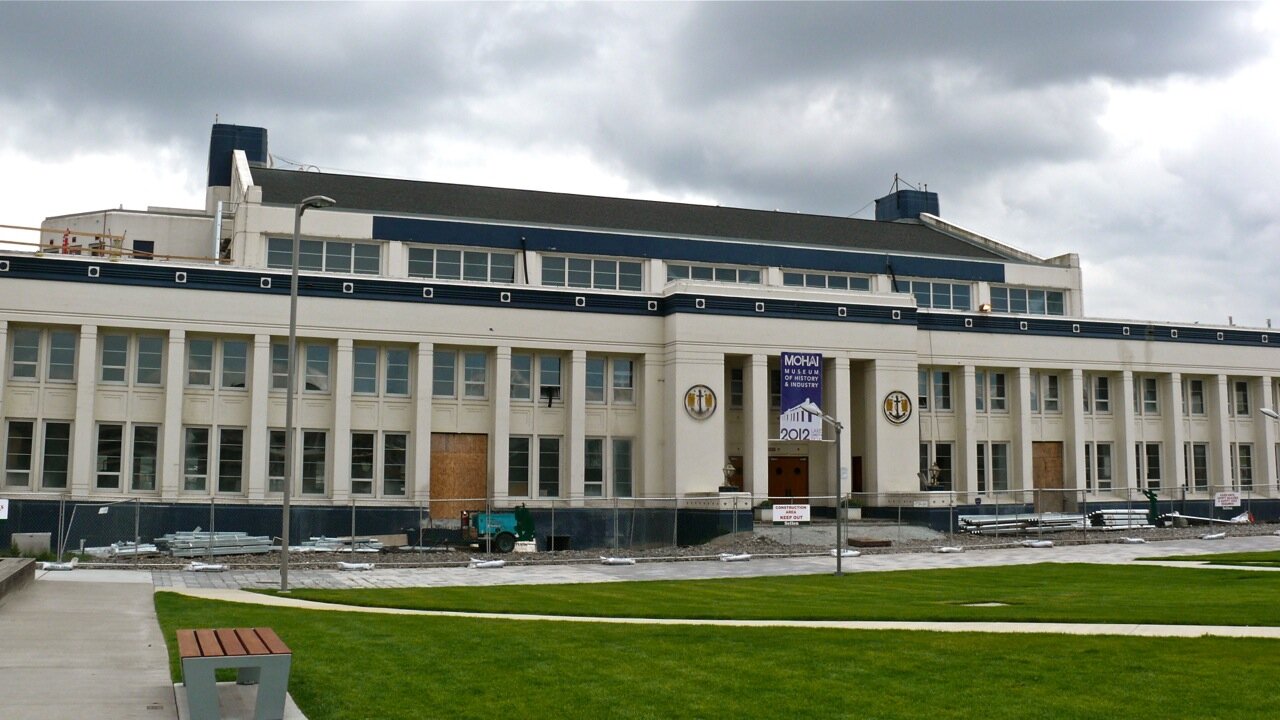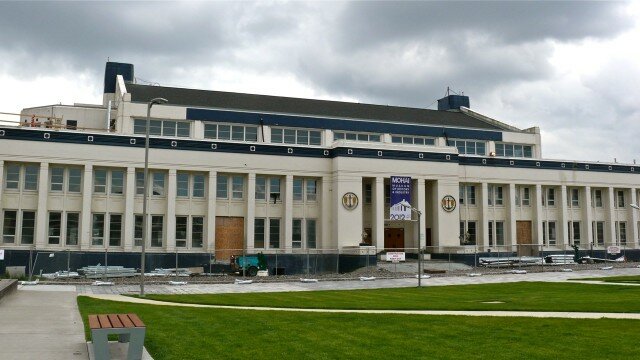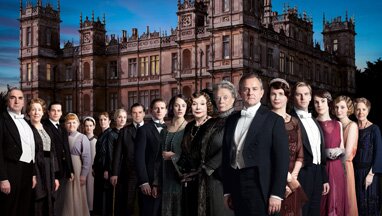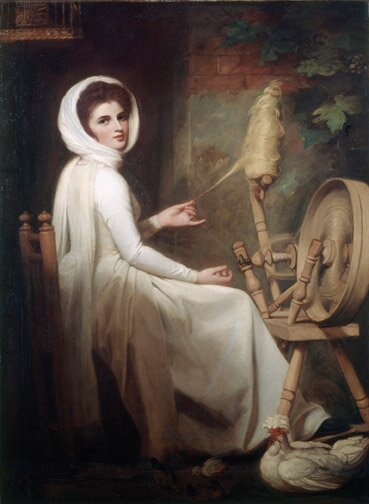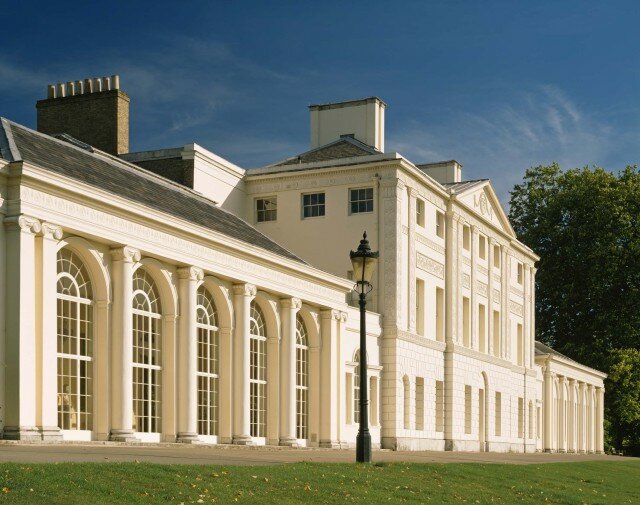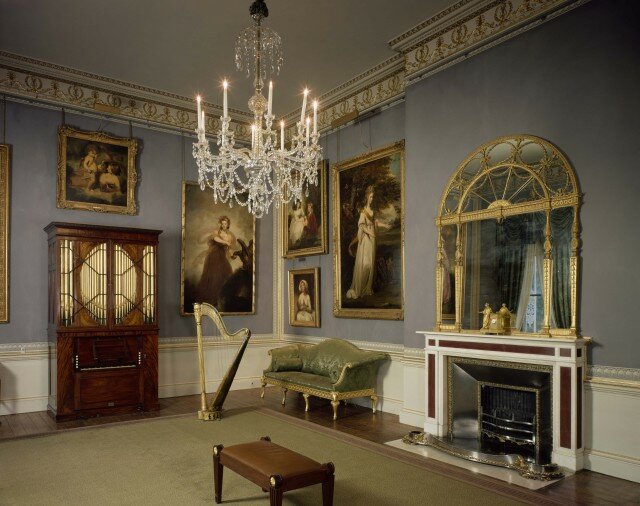With more than 400 public parks, Seattle’s park system is easily one of the finest in the country. The system’s variety of experiences and recreational opportunities are astounding. Included in the city’s roster of parks are first class beaches (Alki, Golden Gardens, Madison Park), old-growth forests (Schmitz Park), historic military bases (Discovery Park, Magnuson Park), rare plants and trees (Cowen Park, Volunteer Park, Arboretum), some spectacular views (Bhy Kracke Park, Myrtle Edwards Park), to name just a few stand-outs.
However, along with the physical beauty of our parks comes an ad hoc collection of oddities and one-shots, truly strange stuff. Over the century-plus development of our park system, any number of relics and memorials have found their way onto park property. In some cases, time has robbed these items of their meaning and context. In other cases, stuff just ended up in our parks because no one had anywhere else to put it, and they couldn’t bear to throw it away.
For a fun and enjoyable weekend, it’s worth seeking out these artifacts, if only to rediscover their meaning and purpose. Let’s start with parks north of the Lake Washington Ship Canal.
When it was first designed and designated for public use, Woodland Park Zoo was an open, free park with zoological exhibits. It was part of the original Olmstead park plan for the city’s park system. Over time, as the cost of maintaining animals in captivity grew, it became necessary to fence the park and branch it off as a traditional zoo.
When that was done in the 1970s, a section of the park on its southern border — roughly at the corner of N 5oth Street and Phinney Avenue N — was not incorporated into the zoo. What’s left is a lovely open field in a woodland setting. There, in the center of the park is one of the finest sculptures in the city, a tribute to the local boys who fought in the Spanish American War. Entitled “The Hiker,” it carries the inscription: “1898-1902: To the memory of the soldiers, sailors, and Marines who gave their lives in defense of our flag in the war with Spain, the Philippine Insurrection, and the China Relief Expedition.”
On the base of the statue is another memorial, a bronze relief forged from metal recovered from the wreck of the U.S.S. Maine, which exploded in Havana Harbor on the evening of February 15, 1898. The loss of the Maine ignited the Spanish-American War and this memorial commemorates that event.
Close by are two, 6.5-inch guns purportedly off of the U.S.S. Concord, a ship which also served in the Spanish-American War. It’s hard to tell because there are no plaques or labels on the guns or anywhere close by. The Concord was retired in 1909 and broken down in Bremerton. And the guns seem to have been moved to the present location in 1915, a gift from Spanish-American Veterans. The veterans also requested that the mounted guns be named Battery Dewey, after the great Admiral George Dewey who led the Navy to victory in the War. If these two guns were from the Concord, they were most likely used in the Battle of Manila Bay, a critical battle in the war.
Unfortunately, the guns are in bad shape. In the past, they looked imposingly out over the zoo parking lot. At some point, someone must have thought that was a bad idea. Plants were placed in front of the guns, which now obscure the guns from easy viewing. Having lost their majesty, the guns were forgotten and are now covered in rust and graffiti.
For some reason, memorials to the Spanish American War are quite common in Seattle. Though not part of the Seattle Park system, Hamlin Park in Shoreline also features two large naval guns from that period. Labels on the 8-inch guns say that they are off the U.S.S. Boston and, amazingly, fired the first shots in the Battle of Manila Bay, the opening battle in the war and a decisive American victory. The Boston’s opening salvo must have been impressive, because these guns are massive. Strangely, no one is sure why or when they got to Hamlin Park. They are well preserved and look great.
Traveling south out of Hamlin Park, head over to Magnuson Park. Seattle is lucky because two former military bases were turned over to the city in the 1970s for use as parks. Magnuson is the former Naval Air Station – Puget Sound. As part of the official transfer from the Navy, the city is obliged to protect many of the buildings within the park. What you have is a wonderful, living museum of World War II military architecture.
But an earlier history of the base is also present. In 1924, the first aerial circumnavigation of the globe left from the air field in Magnuson that has long since been covered up. There is a wonderful memorial of that historical flight at the park’s front gate. The memorial for the flight is a sculpture of the globe with wings, which is mounted on a granite base. Unfortunately, you can’t really get a good look at it because it sits on a narrow median on two busy streets. If you decide to brave the traffic, it’s worth your time.
Just inside the park gates, two buildings down to your left, is a small white obelisk under a tall evergreen tree. It is a memorial to all military personnel that are missing in action in the Vietnam War.
Leaving the former base, head over to the the corner of 28th Avenue NE, near NE 72nd Street and spend a moment at the Wedgwood Rock, a glacial erratic. In all fairness, this giant rock, which was left behind by the retreating Vashon Glacier more than 14,000 years ago, is not really part of a park, though over the years, there have been many calls for this unique artifact to be protected through designation as a park.
At one point, it was accessioned by the city and, in fact, sits on public land, specifically a large parking strip. As the neighborhood grew in the post-WW-II-era, the idea for a park vanished and the rock simply because a curiosity to passersby. It’s an impressive reminder that our city was shaped by walls of ice.
Exploring Seattle’s public parks is one of the great joys of living here. It’s easy to bask in the beauty of our parks. But adventurers will also enjoy finding and seeing the odd flotsam hiding in our parks’ corners: the hidden history of our city and country currently hiding in plain site. Next week, we’ll move south of the Cut and talk about some great oddities in our city parks there.
This series has a Part 2.
